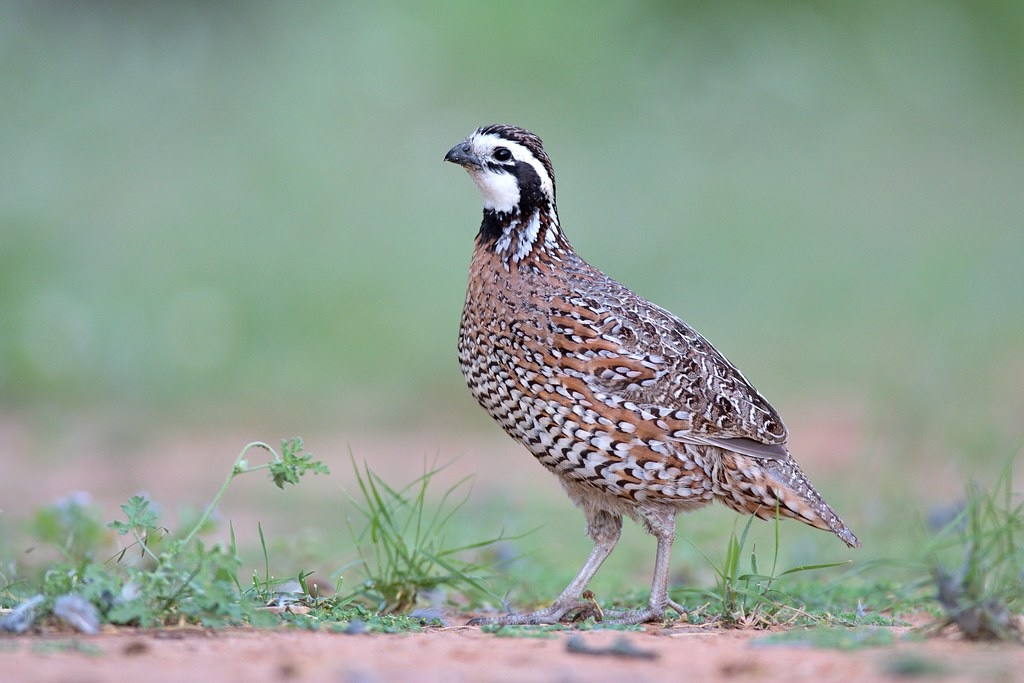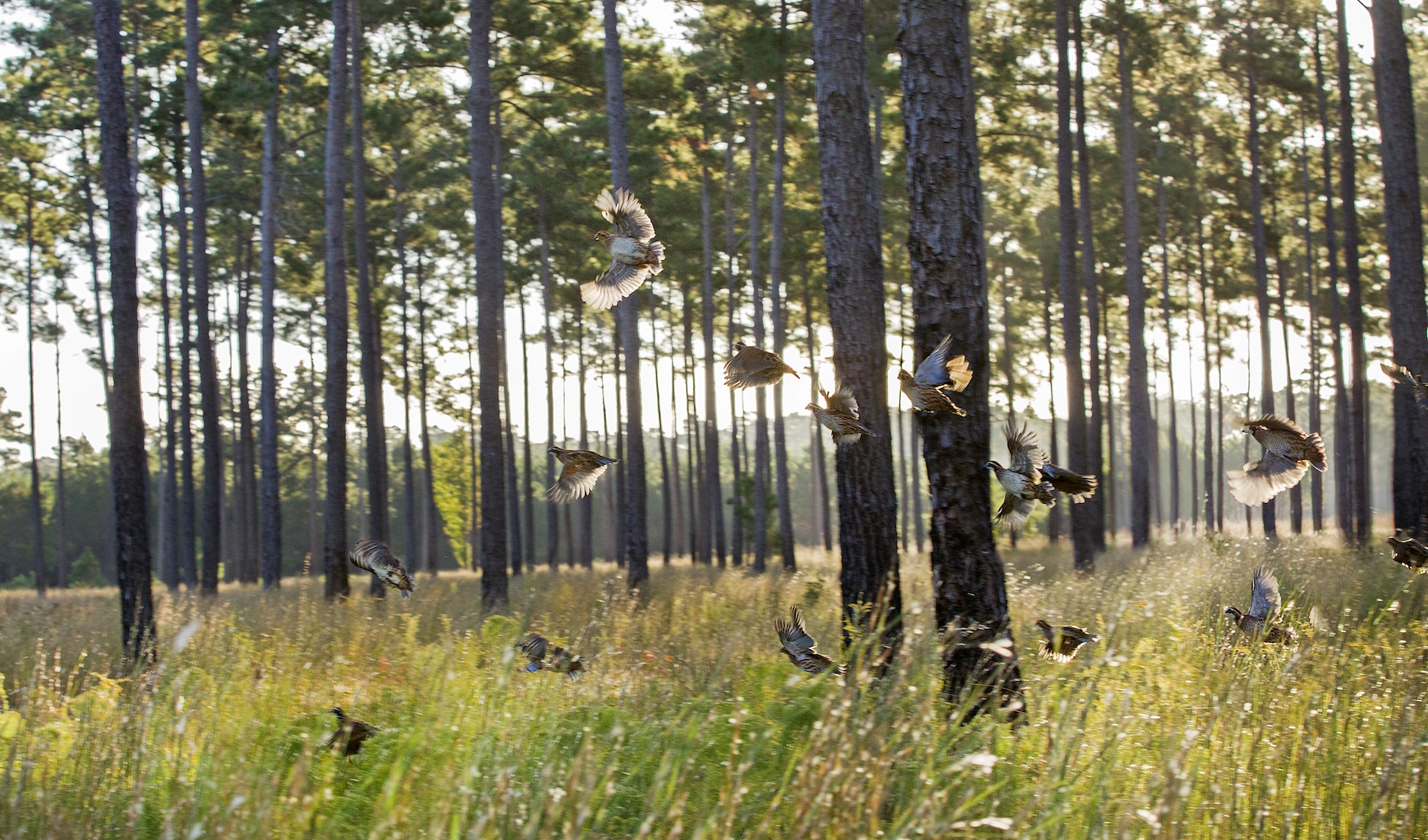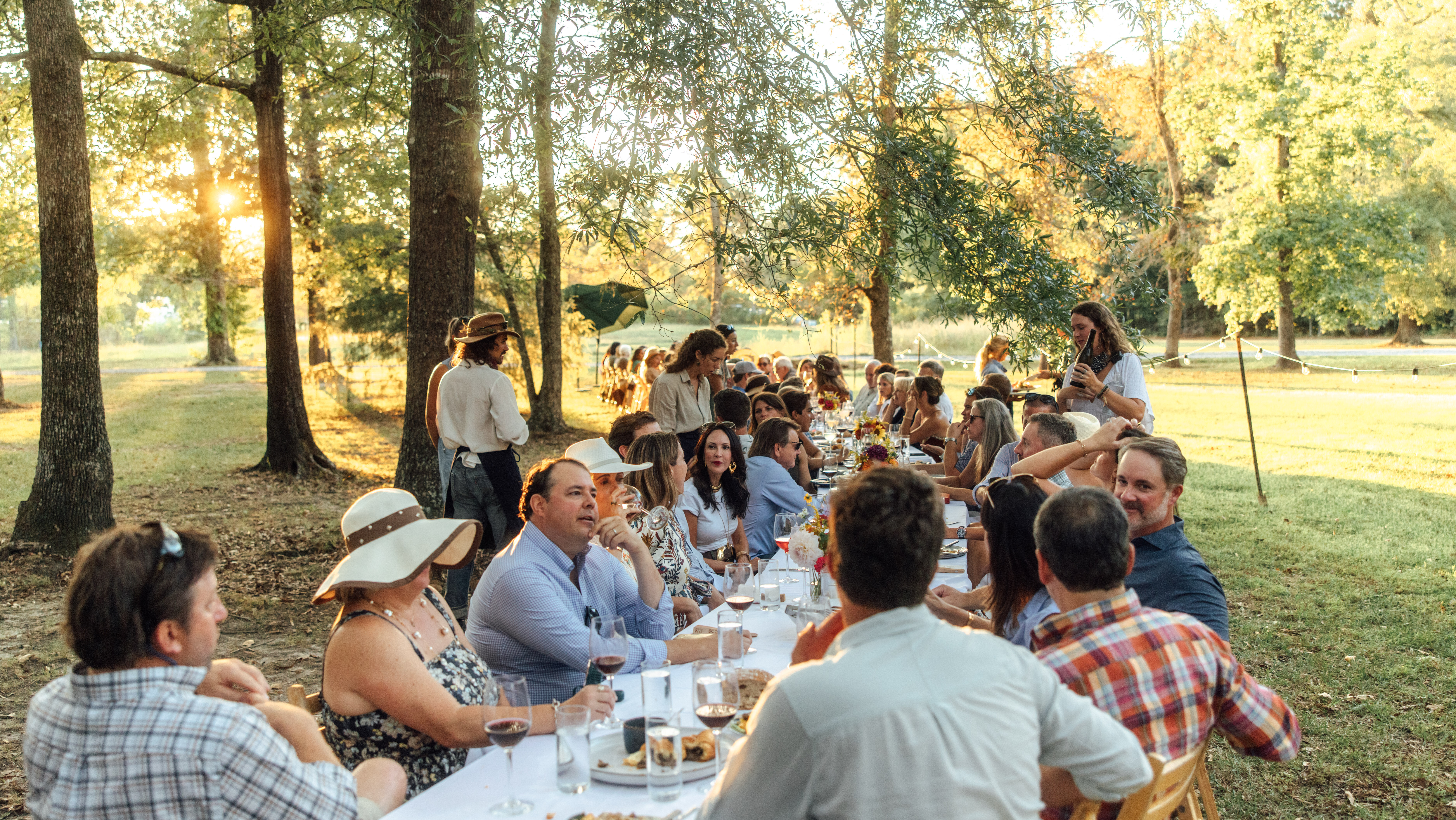Claude Jenkins is a Senior Resource Stewardship Biologist with the Alabama Wildlife Federation (AWF), the state’s oldest and largest nonprofit conservation group focused on wildlife stewardship, habitat management, and outdoor education. Here, he shares his insights on the misconceptions surrounding quail decline and the well-documented habitat changes that have driven the species’ decades-long downturn.
What happened to the quail is a question that has been asked countless times, and although the question has been answered countless times, people are still asking the question.
Out of curiosity, I conducted a search on a popular social media site to see what people were saying about the quail decline. My findings did not surprise me; in fact, what people said on the social media site is consistent with what landowners have told me during my 26 years with the Alabama Wildlife Federation. Of the 126 unique comments (I did not include multiple comments made by the same person), 41% claimed that predators are the reason for the quail decline. Predators that were mentioned included cattle egrets, domestic house cats, coyotes, feral hogs, and hawks. I’m not surprised that 26% of the people claimed that imported fire ants contributed to the quail decline. Twenty-one percent of the people claimed that habitat loss due to agriculture, timber production, herbicides, and public parks is the reason for the quail decline. Five percent claimed that the introduction of wild turkeys by government agencies is the primary reason for the decline in quail; specifically, they claimed that wild turkeys eat quail chicks. Four percent claimed that pesticides applied to rowcrop fields either directly killed quail or eliminated their food resources. Disease, including disease contracted from chicken manure applied to agriculture fields made up 2% of the claims. Lastly, 1% of the people in the comments section claimed that hunters killed all the quail.

(Alabama Wildlife Federation/Contributed)
So how many people on the popular social media site answered the question correctly? Only 26 of 126 (21%) people provided the correct answer: “habitat loss,” and more than three-quarters (79%) of the people provided the incorrect answer. I’m baffled by the high number of incorrect answers because the correct explanation for the quail decline has been posted on every outdoor related social media site and podcast, published in numerous government and non-government conservation media outlets, and stated in countless quail seminars and field days across the quail’s range. I do know that there is a relatively large number of people who refuse to accept the well-documented reason (i.e. habitat loss) for the decline in quail – I’m not a psychologist so I can’t explain this mindset. But what about everyone else, are they not receiving the message? I don’t know, but I will attempt to answer the enduring question once again.
The North American Breeding Bird Survey (BBS) indicates that quail populations have been declining at over 5% per year since 1966; the BBS provides a constant gage of quail population trends range-wide. As I mentioned earlier, coyotes, fire ants, hawks, pesticides, etc., have been blamed for the quail’s decline; however, the primary reason has been the combined effects of large-scale habitat loss and poor-quality habitat associated with advanced ecological succession.
More specifically, intensive, modern agricultural practices have created a landscape void of grassy/weedy plant communities essential for nesting and raising young, and woody fencerows for protective cover. Simply, the reduction in habitat complexity has reduced the potential of the agriculture landscape to provide for quail. In forests, lack of fire and fire exclusion, increase in forest coverage and extent of densely-planted pine plantations, and intensive silviculture practices have reduced grassy/weedy areas required for reproduction and foraging. Quail thrived in a primitive land use environment; however, the shift to modern land use practices has created an environment unsuitable for quail. Although modern land use practices are necessary to meet the demands of people, quail simply cannot thrive in a modern environment without sustained provisions necessary for successful reproduction and survival.
The question, “what happened to the quail” has been answered once again! Now, how to get quail back is a different question that requires multiple, very complex answers.
This story originally appeared in the Fall 2025 issue of Alabama Wildlife Magazine.



